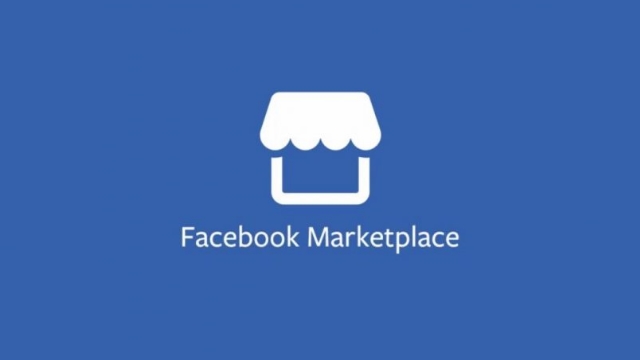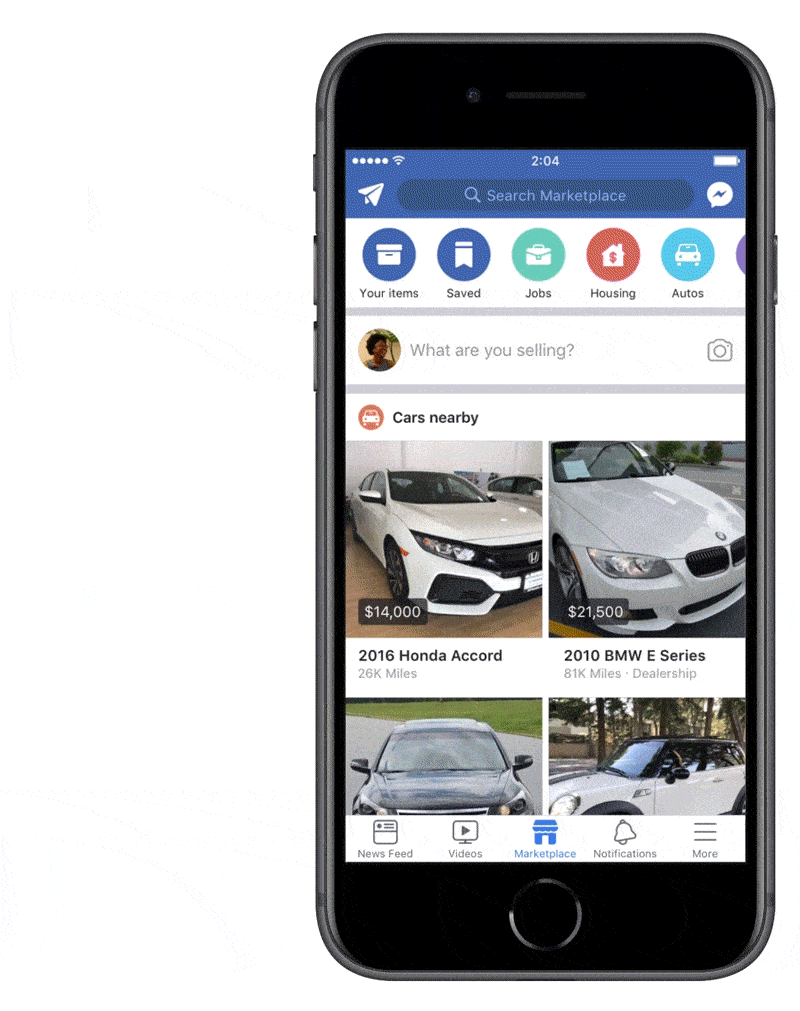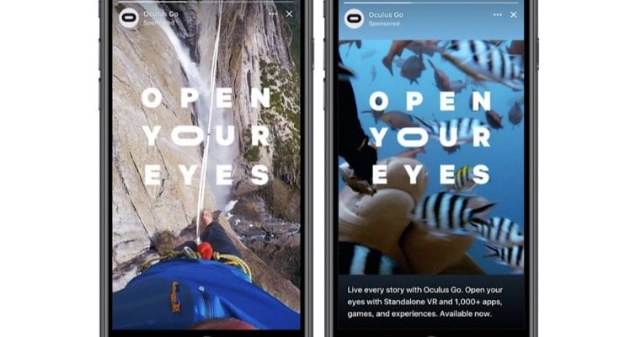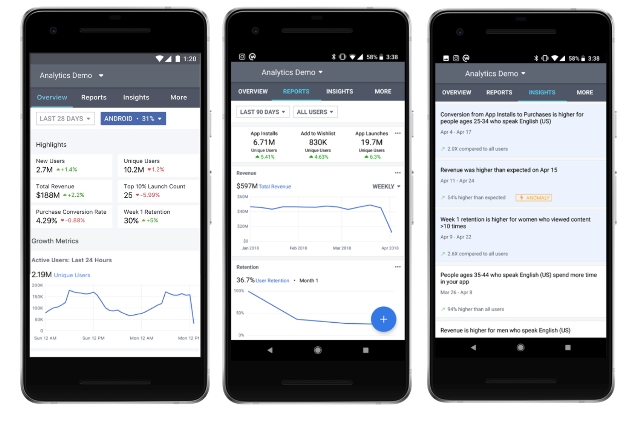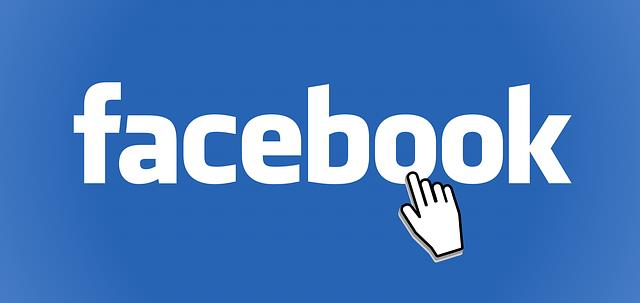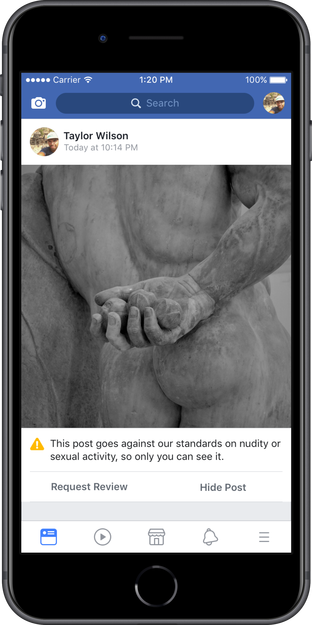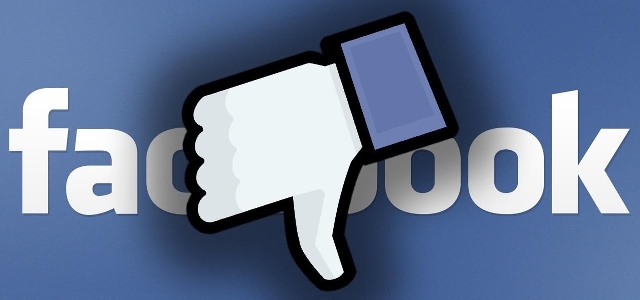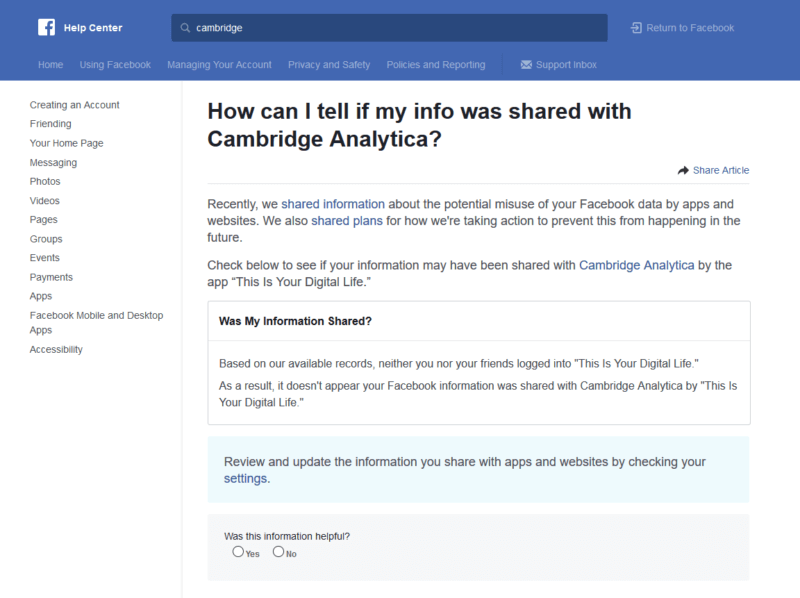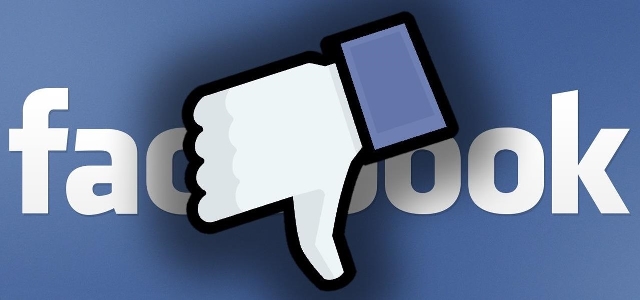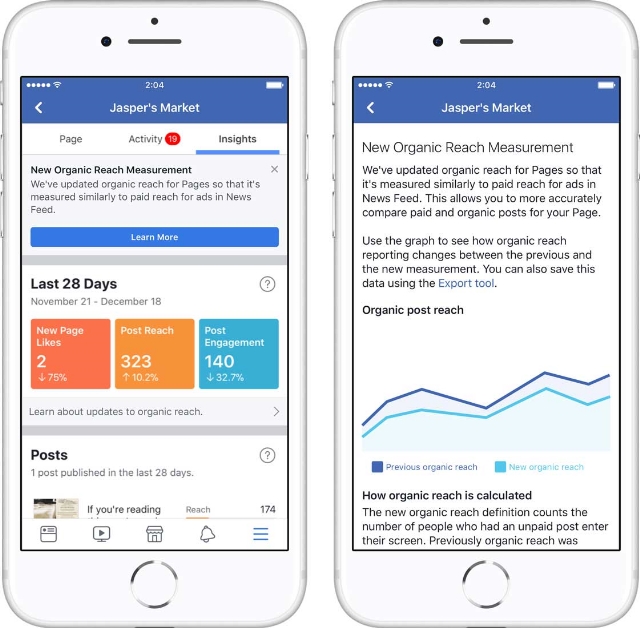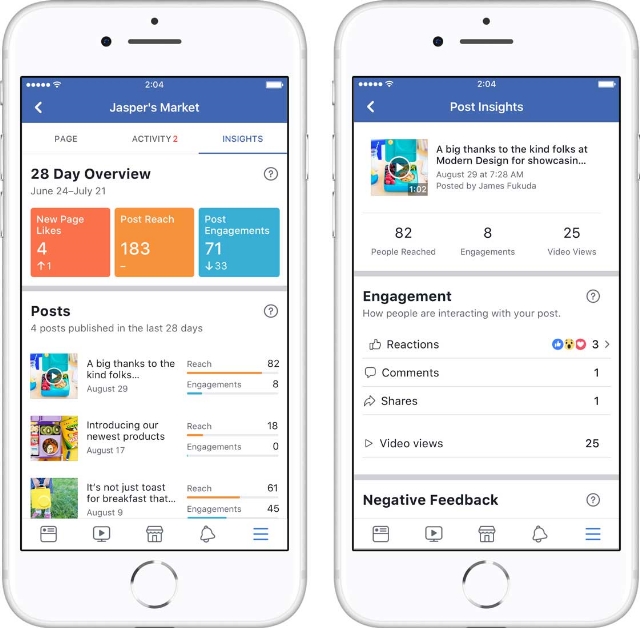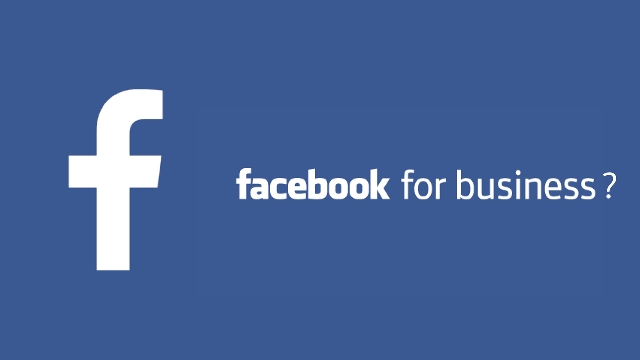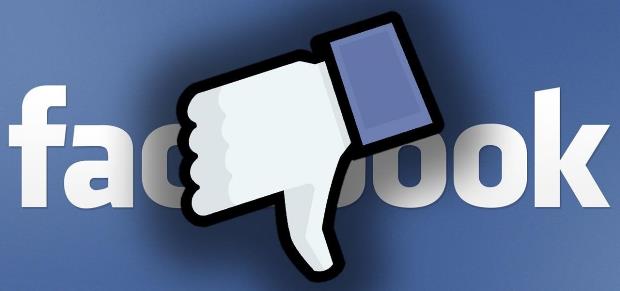
Facebook is changing how it handles the ads shown by Pages across the platform, with a new “Info & Ads” section that details all the ads your Page is running.
By going to a Page’s “Info & Ads” tab, you’ll be able to see every ad the company is running across Facebook, Instagram, Messenger, and Facebook’s partner networks whether they were targeted to you or not. You can also flag suspicious ads with a “Report Ad” button.
The tab will also include detailed information about Pages, including when it was created and any recent name changes to the Page.
“The vast majority of ads on Facebook are run by legitimate organizations — whether it’s a small business looking for new customers, an advocacy group raising money for their cause, or a politician running for office. But we’ve seen that bad actors can misuse our products, too,” writes Facebook’s director of product management, Rob Leathern, and its product marketing director, Emma Rodgers, on the company’s news blog.
The change was initially announced last October as part of sweeping changes to how Facebook handles political ads but has largely flown under the radar until now.
Facebook says this is just the beginning of changes to increase transparency between Pages and the social network’s ad platform. The company will be rolling out changes to political ad labels to Brazil ahead of the country’s upcoming elections and will continue to encourage greater transparency in advertising around the globe.

